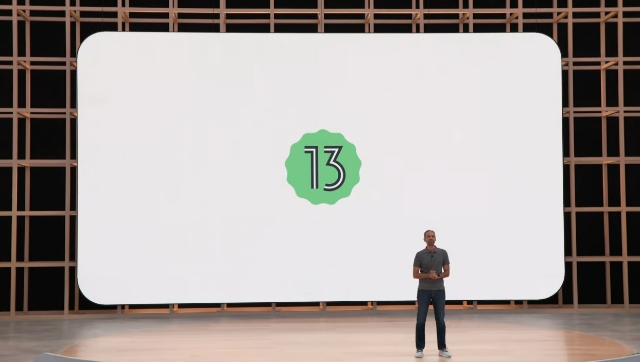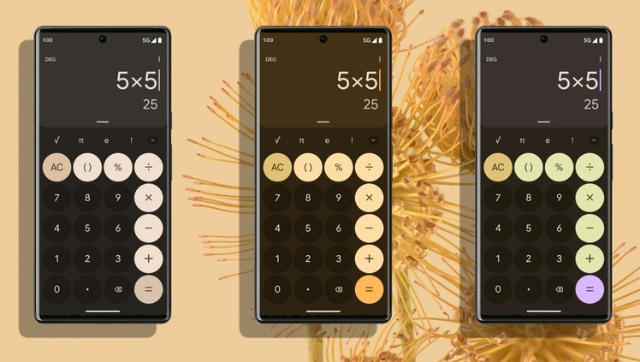FP StaffMay 12, 2022 17:22:26 IST
Among the unveiling of the new line of Pixel devices such as the Pixel 7, Pixel 6a and Pixel Buds Pro, Google also showcased the next generation of mobile operating system that will be powering those devices at the I/O developer’s conference – Android 13.
Google has stated that the new OS has a much deeper focus on privacy, security and personalisation, and has a hoard of new applications and features that reflect the same.
Google is keen on building an ecosystem of its own, something that could take on Apple’s ecosystem. The tech giant believes that in order for that to happen, Android 13 will have to play a pivotal role, by building a more connected space for all Android based devices. The company revealed that the number of activations of Android phones exceeded 1 billion in the last year, with over 3 billion monthly active Android devices. This, coupled with the fact that a number of popular smartphone manufacturers are promising 4 years of continuous updates means that Google will now have to support a wide array of devices, as well as tablets. In such a scenario, security, privacy and customisability become a huge issue.
We take a look at some of the features that we will see in Android 13.
A Revamped Google Wallet
Users will now be able to store digital versions of documents including debit or credit cards, vaccine records, government issued documents and even digital car keys, if the car in question uses a sensor based key. Google Wallet was first introduced in 2011 but it failed to take off back then. Google now believes with a wider and better array of support and features, it will be more viable in 2022. For this, Google intends to integrate Google Wallet along with other apps for faster and more seamless transactions.
RCS Chat
RCS or Rich Communication Service chat is a system that brings a wide range of features to a standard SMS. Think of it like iMessage or WhatsApp, but being operated through the SMS or Chat app. This brings a wide range of features to SMS including support for photos, messaging over WiFi, group messaging and typing indicators (to let you know when someone is typing). Google is also working on end-to-end encryption for group messages and expects to roll it out by the end of the year. It already provides encryption for one-on-one conversations
Personalisation features
Google is going big with customisation and personalisation. One of the biggest new features is the support of multiple languages that will allow users to use one app in one language and a different app in a different language. Users now will have to opt-in for app notifications. This basically means apps do not have the permission to show notifications by default, and users can only select the apps they want to see notifications from. Until now, users had to disable notifications from apps they felt were intrusive.
There are a number of other little tweaks as well. Apps, for example, can now incorporate the colour from the theme or the wallpaper that you have chosen. Furthermore, the media tool kit now changes its appearance depending on the type of music you’re listening to.
Safety Features
Google also announced ELS or Emergency Location Services, which helps emergency workers to easily locate a user, after they send an SOS alert. The emergency feature which was included in Android 12, will now be extended to WearOS with Android 13.
Google had also tested and launched an early earthquake warning feature in 25 countries. The tech giant will now launch this feature in other high-risk countries. The way the system works is that it uses a device’s accelerometer to detect if there’s an earthquake taking place. It then shares the information across the region, before shockwaves reach other areas.
The final version of Android 13 will start rolling out later this year.



Post a Comment